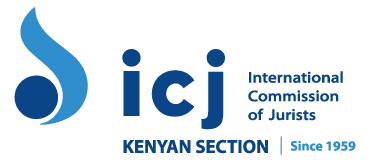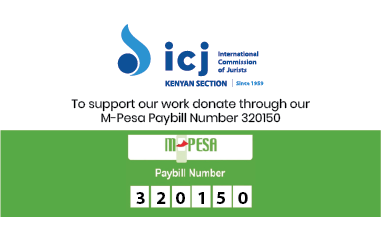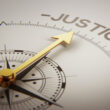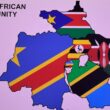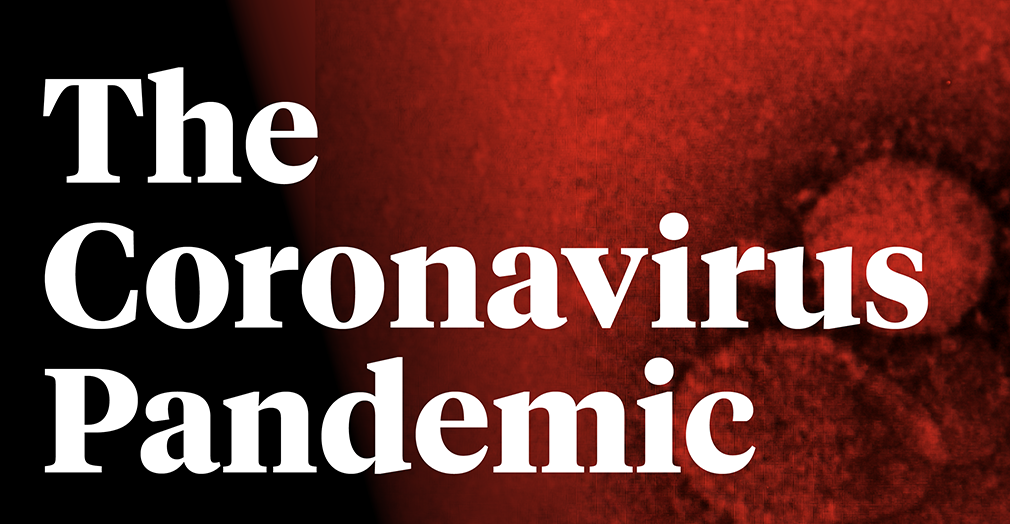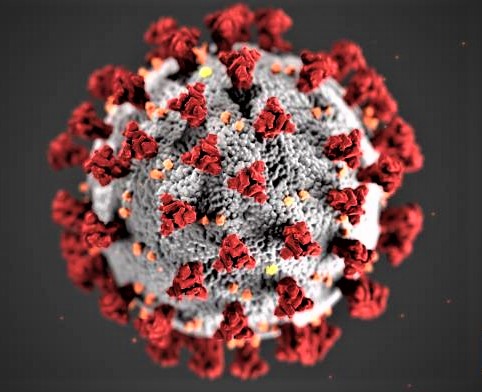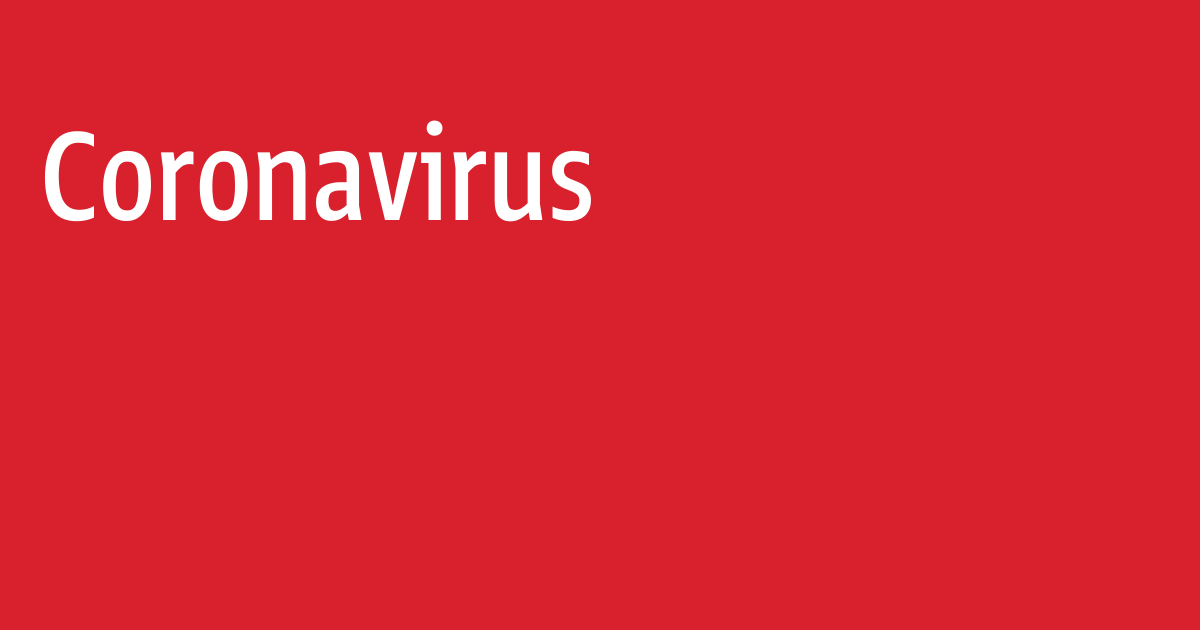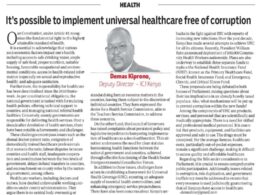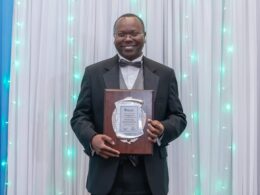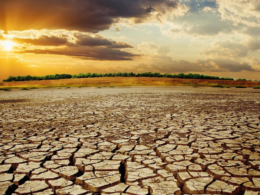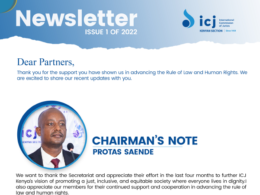NAIROBI
On 26 March 2020, President Uhuru Kenyatta took part in a teleconference meeting of the Bureau of the African Union Heads of State and Government, during which Africa Centres for Diseases Control gave a briefing characterising the rapid spread of the Covid-19 as “an unprecedented public health disaster”. The Bureau called for a coordinated response in dealing with the crisis. The Bureau meeting follows an earlier statement by the African Commission on Human and Peoples Rights, which outlined 12 elements that constitute a human-rights-based response to Covid-19.
However, in several respects, Kenya’s responses to COVID-19 do not meet the aspirations of the Bureau or the standards communicated by the Africa Commission. The challenges presented by the COVID-19 require an engaged political leadership. Following a season of political rancour which had badly divided the country, Kenya needs deliberate gestures of a political commitment to tackle the crisis. President Uhuru Kenyatta was initially disengaged from leading responses to the coronavirus pandemic, choosing to delegate his leadership roles. However, the President has eventually stepped up, and is now frequently talking to the country personally, rather than through his officials.
Kenya’s political leadership needs to demonstrate wisdom, reassurance and understanding, but this has not always been the case, as in Mombasa, where police used violence to enforce the government-instituted curfew. The political leadership should persuade, rather than force, the public to accept the measures the government deems necessary for addressing the threat of the coronavirus.
A curfew currently being enforced in the country was meant to control the spread of the disease. However, the implementation has been chaotic and abusive, and shows that rather than persuade the public to comply, the government has chosen the path of coercion to achieve compliance, which besides undermining the purposes of the curfew, has also led to tragic consequences that only undermine the legitimacy of the government.
The curfew does not seem to regard the needs of daily wage earners who must work daily or the limitations of the poorest families who have no capacity to stock large amounts of food or water. A curfew or lockdown needs to take into account not only these realities but also the practical logistics of people who live in densely populated urban neighbourhoods, whose circumstances already negate social distancing and who need special logistics to live.
The low-income economy and its logistics need to be in better focus. Food supply and distribution operates through this low-income economy and stakeholders must be identified, planned for and consulted. Observed in Wuhan, China and according to FAO expertise, shorter food chains and localised food systems can help stop a health emergency becoming a food crisis.
Further, the decision to impose a countrywide curfew does not seem to be evidence-led. The evidence suggests that the confirmed cases are still relatively few and are concentrated in a small part of the country, with Nairobi as the epicentre. A more evidence-based decision would have been to lock down Nairobi completely, preventing people from leaving or coming into the city, and to carry out similar measures in Mombasa and its outskirts, before making further assessments. A localised lockdown would be easier to manage, and would be more targeted.
The statement by the Africa Commission emphasised that “[i]n times of public health emergencies, members of the public have the right to receive factual, regular, intelligible and science-based information on the threat COVID19 poses to their health, the role and impact of the measures adopted for preventing and containing the virus, the precautionary measures that members of the public should take, and on the scale of the spread.”
While the Kenyan government has provided periodic media briefings, there is still a significant information gap. It has not outlined a coherent picture of how it perceives the threat of coronavirus or how its responses meet the threat. As a result, there is so much that the public should know but does not.
Further, the decision-making power on responses to the coronavirus is concentrated among a small circle of individuals who are all based in Nairobi, and excludes the voices of the rest of the country. While government says it is talking to medical professionals, it needs to further diversify and pluralise decision making so as to increase credibility and chances of buy-in. The government should create a robust public dialogue about the coronavirus epidemic to include not just the Executive and the Legislature, but also the Judiciary, the County Governments, Constitutional Commissions and Civil Society. It should also create a channel for meaningful public consultation.
Also, there is need for greater transparency around the data that the government is relying on to reach its decisions, as well as the processes that are producing the decisions evident in various official actions. There needs to be consensus on how to implement treatment, prevention and mitigation measures. Public education and dialogue need to occupy a more central place in Kenya’s response to the coronavirus pandemic.
The clinical aspects of the responses to the crisis show a number of gaps. The strategy adopted seems to be one of containment: identifying and isolating the infected and those they contacted.
The authorities have no publicly known starting point from which to trace suspected cases of infection. They need to urgently increase testing out of Nairobi, especially in high-risk counties. The country needs to plan on the basis that a large number of people will need to be quarantined, as the number of those infected grows. They should plan for facilities to enable mass quarantining and communicate these plans publicly. The effectiveness of contact tracing is important if the prevailing strategy is to work.
Plans should factor in the health workers who may need to be quarantined after exposure to the virus. Health workers will need to be motivated with financial rewards commensurate with the extremely high risks they take and also protected from those risks.
While Covid-19 presents special risks to the elderly and those with underlying medical conditions, the government has not demonstrated an awareness of these two categories or made any specific provisions for them. As regards underlying conditions, tuberculosis infections have increased and Kenya is one of the 30 countries with the highest rates of infection in the world. This situation is compounded by the high prevalence of HIV infections. TB and HIV patients need special responses. Amid the challenges of Covid-19, the old medical issues remain: maternal health and cancer cases deserve special mention. The space to deal with these must be preserved.
We commend the establishment of the Covid-19 Emergency Response Fund, which we view as an act of political leadership. However, there is already concern that the Fund could be turned into an opportunity for political spectacle, where the rich conspicuously flaunt their giving. As Kenyan taxpayers have already generously funded this government it is reasonable that this Fund should be financed by taxes with private givers encouraged to organise their own funds to avoid creating expectations that where government falls short, the private sector will come to the rescue.
The Covid-19 crisis will disrupt the economy in a manner that defies the usual tools for fighting recessions: deficit-financed public works through fiscal policy and monetary policy (the Central Bank injecting money into the system) to stimulate economic activity. Disrupting the virus requires that people be not busy and go about the usual economic activity. Besides the financial relief the government is providing, it should also deliver a Sh100 billion Lifeline Fund for individuals and businesses in the form of soft loans that are repayable over a time after the crisis, which would ensure that people have food and provisions. A social safety net needs to be created and administered at the ward level in every county, coupled with coordinated collective food banks at the regional and county level.
Discussions on the use of the Fund need to take into account the fact that the measures that the government has announced to alleviate economic hardship do not benefit the majority of the population. Up to 48% of the daily wage earners live below the poverty line, and a further 40% living above the poverty line are at a very high risk of sliding in the case of general long ailment or a pandemic like Covid-19.
While the government has announced measures for salaried employees, these forms only 20% of the population but are also now faced with the threat of redundancies and layoffs which remain unaddressed by current measures. Within the poor segment of the population, there are special categories including women, persons with disabilities, the elderly, prisoners, refugees, and stateless persons, none of whom is touched by the measures announced by the government.
Nairobi, 3rd April 2020
This statement is endorsed by the following individuals:
Professor Yash Ghai, Professor Makau Mutua, Jill Ghai, Davinder Lamba, Maina Kiai, Father Gabriel Dolan, Dr. Roselyn Akombe, Gladwell Otieno, Njonjo Mue, Jerotich Seii, Abdul Noormohamed, John Githongo, Donald Deya, Alvin Mosioma, Samuel Mohochi, Otsieno Namwaya, Kwamchetsi Makokha, and George Kegoro.
The statement is also supported by the following organizations: 1
The Kenya Human Rights Commission
The Kenyan Section of the International Commission of Jurists
Journalists for Justice
Human Rights Watch
You can Download the Full Statement Below
